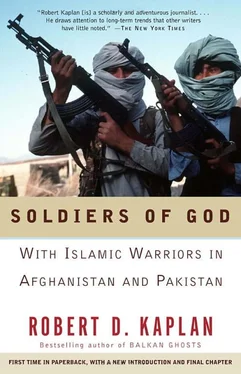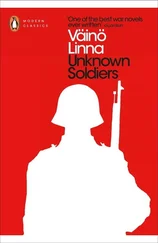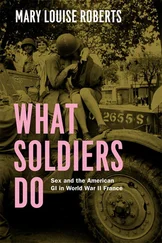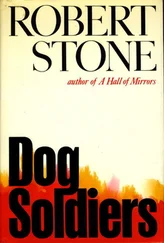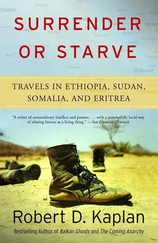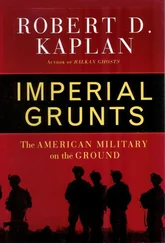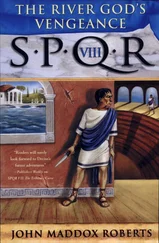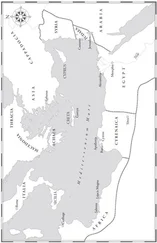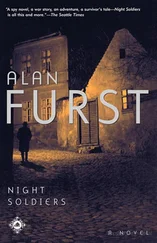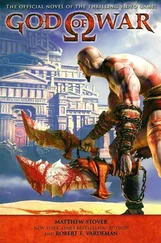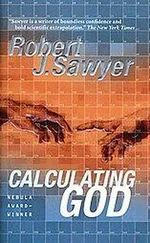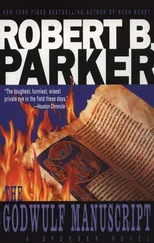Haji Babà shook me awake to greet a group of city elders, who had crossed over from the regime-held sector of Kandahar that morning so I could interview them. They all had long beards like Haji Baba’s and resembled wise men in their white shalwar kameezes and white turbans draped over gold-threaded caps.
Local custom enabled the honored elders to cross safely back and forth between the two halves of the divided city. Women and children were similarly protected. In fact, the mujahidin regularly used boys of about ten years of age to carry messages in and out of the regime sector; that was how the old men knew to come to the NIFA post that morning. Only army-age men were stopped at checkpoints, to catch defectors from the government’s desertion-ridden ranks.
The stories the elders told me would be familiar to anyone who knows what goes on in a besieged Third World city. There was no medicine, and the price of produce was exorbitant. Makeshift market stalls were shut for days at a stretch, and when open they were looted and ransacked by the regime’s soldiers. These troops, claiming to be from the northern Afghan province of Jozjan, were actually mercenaries brought in from Soviet central Asia, who roamed the streets in unruly gangs, holding people up and breaking into the ruins of homes in search of young boys to do menial labor for them in their barracks. Though the Soviets constantly charged the Pakistanis with violations of the Geneva accords, they themselves were guilty of much more basic offenses, such as bombing populated areas from air bases inside the Soviet Union and putting Soviet troops in Afghan regime uniforms, as they evidently were doing in Kandahar.
The city elders I interviewed desperately wanted a negotiated settlement with the Communist governor of Kandahar, a disaffected Parchami named Nur-ul Haq Ulumi. That, of course, was what NIFA wanted too, so that the only Afghan city with a strong royalist base would fall first and serve as a springboard for King Zahir Shah’s return. But since the fundamentalist parties, the Pakistanis, and the Americans did not back a settlement, Kandahar’s inhabitants were doomed to go on suffering. (Had the Pakistanis and Americans supported NIFA’s course of action, it is possible that Kandahar would have fallen to the mujahidin before the end of 1988, leading to mass army desertions in Kabul and the subsequent collapse of the Najib regime… making unnecessary the badly organized, bloody siege of Jalalabad that began in March 1989, in which large numbers of civilians were killed. Kandahar was bigger than Jalalabad, psychologically almost as vital to the regime, already destroyed, and much harder for the Communists to defend. But because the fundamentalists were stronger in Jalalabad, the Pakistani intelligence services controlling mujahidin arms supplies concentrated on that city.)
I had wanted to get as close to the city center as possible without running the risk of being stopped at a regime checkpoint. The youth who accompanied Akbar and me on this foray had lost a leg in a mine explosion, but he was as fast and agile as most people are with two. He led the way, checking for mines and enemy lookouts hidden behind sandbag emplacements, then waved when it was safe for us to follow.
We had to cross one of several open fields in sight of hostile machine gun nests, where, incredibly, a shepherd was grazing his sheep. Bullets sprayed the field a few seconds after we had crossed it: a sheep lay bleeding as I looked back. The shepherd cursed aloud, caressed the dying animal, and by tossing a few stones moved the flock on. The stones startled the sheep; the bullets hadn’t.
“The bullets they are more used to,” Akbar observed.
The scene was not what I expected on the basis of my visit to Kandahar fifteen years earlier. I imagined an urban setting: streets, shops, and pavements, some in place, some destroyed. But as we moved northward from Mahalajat toward the Herat Gate area, where I had spent that miserable night in 1973, there was no sign of a true cityscape. The ashen monotony of an archeological site continued almost to the center of Kandahar. We ran along remnants of walled streets and arched portals with smashed networks of ceramic underground plumbing systems, and past weeds and wildflowers that grew in stony places where ground had been churned up. People had once lived in these ruins, I knew, but it seemed as if that must have been thousands of years ago. Only the bombs and bullets and that dead sheep kept me from believing I was a tourist visiting an ancient city,
This was not a military landscape of the past but of an eerie doomsday future. The twentieth century had come late to Afghanistan, but when it came, it came with a vengeance. The Soviets had sown so many mines, dropped so many bombs, and fired so many mortars and artillery shells over such a wide swath of territory that the effect of a nuclear strike had been achieved.
No city in North Vietnam was destroyed to the extent that Kandahar was. Whereas American air strikes on the North early in the Vietnam war were initially so restrictive that President Lyndon Johnson had personally to approve the targets in advance, the Soviets engaged in indiscriminate carpet bombing throughout their war. Whereas the American military tended to use attack helicopters against specific targets or to insert troops, the Soviets usually used those helicopters against mud brick villages. Whereas the Americans at least tried to carefully map their minefields, and deploy mines mainly along strategic routes like the Ho Chi Minh trail and around their base perimeters, the Soviets kept few maps and sowed millions of mines. The Soviets lost between 12,000 and 50,000 men in Afghanistan, considerably fewer than the 58,000 troops the Americans lost in Vietnam. Yet the number of Afghan civilians who were killed… estimated at over a million… probably exceeded civilian Vietnamese fatalities, even though North and South Vietnam had a combined population two and a half times larger than Afghanistan.
Another sign of the future was the absence of battle and its attendant drama: I saw only monotonous images of mass destruction. In The Face of Battle, the military historian John Keegan intimates that the totality of future wars will render battle itself obsolete. Battle implies limits, but in Kandahar and elsewhere in Afghanistan there was little ebb and flow to the killing. The Soviets carpet bombed Kandahar and the Panjshir Valley north of Kabul for months at a time. Mines killed about thirty Afghans, more or less, every day of the entire decade.
Kipling’s vision only partially illuminated the true symbolism of the war in Afghanistan. Kipling could be an imperialist and a moralist at the same time precisely because he had little inkling of modern totalitarian ideologies like fascism and communism and the extremes to which they would take the imperialist impulse. Though Kipling’s chivalrous world of manly honor had in Afghanistan vanquished the modern world of mechanized destruction, Afghanistan in the 1980s was still no Kiplingesque war… the glorious escapades of the likes of John Wellesley Gunston and Savik Shuster notwithstanding. These two were brave men and brave journalists. But, like me, they were living an illusion. Abdul Haq, and Haji Babà too, despite what we thought, were only in a small sense Kiplingesque Pathans. They represented some sort of primitive, vestigial lone warrior from the past but also of the future, when the only people willing and able to fight a superpower will be poverty-stricken peasant guerrillas who have no motive to surrender because they have no material possessions at risk.
Because the historical images, particularly in Kandahar, were so vivid and intimidating, the relatively few journalists who went inside, like myself, were for the most part blind to these revelations. We tended to look backward only… to World War II, to Kipling, and to Alexander the Great.
Читать дальше
